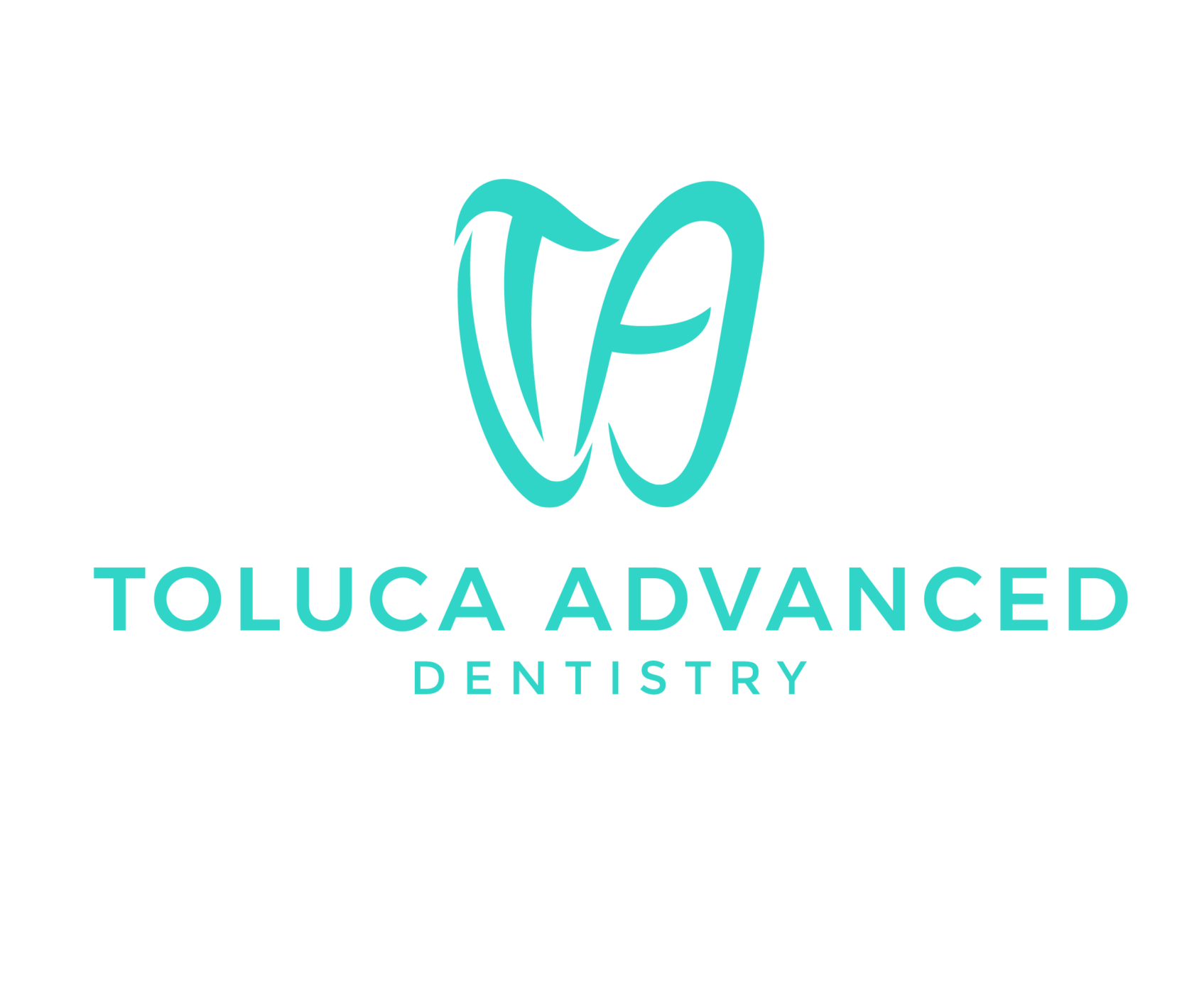What factors affect the beauty of a smile?
One of the factors that have a great impact on the beauty of a person’s smile is the location of the jaws relative to each other. The mandible is usually located behind or inside the maxilla, and the maxillary teeth are located in front of the mandibular teeth. If the upper jaw is abnormally behind its normal position compared to the lower jaw or, conversely, is far ahead of its normal position, it creates an unsightly form in the smile. These problems can be solved by referring to an oral and maxillofacial surgeon and performing orthognathic and orthodontic surgery to adjust the teeth to the new condition, thus correcting the smile of these people.
This aspect of beauty concerning the gums includes the following:
The color of the gums
The amount of visible gums
Curvature of the gums
The color of natural gums is beautiful and pink, and the gums that are out of normal and inflamed, have a red and delicate appearance. Inflamed gums usually return to normal with scaling treatment.
Sometimes the gums are naturally born with pigments that take their color out of their natural pink state. Today, such discoloration can be removed with the help of lasers.
In some people, large amounts of gums become visible when smiling. This form of smile is called a gummy smile. Gingival smile is a condition in which, when smiling, the upper lip goes too high above the upper teeth and exposes the gums. This condition causes an unpleasant smile.
One of the causes of this condition is muscle hyperactivity that raises the upper lip. Sometimes, having a narrow upper lip intensifies the gingival smile and makes the problem worse by making the upper gum more prominent. This type of gingival smile can be easily and effectively treated by injecting Botox gel into the upper lip muscle area. This substance reduces the activity of the muscle that raises the upper lip.
Other causes of gingival smile are the small and square shape of the teeth and the large amount of them covered by the gums. In this case, with cosmetic gum surgery or crown lengthening surgery, a person’s smile can be corrected.
The contour or curvature of the gums of the six anterior (front) teeth of the upper jaw plays an important role in the beauty of the smile. The gingival contour is usually called the gingival zenith. To ensure the beauty of the gums, the margins or edges of the gums of the two front incisors should be flush. At the same time, the gingival margins of these two teeth should be slightly higher than the two lateral incisors and flush with the canines. The gingival margins of the lateral incisors are 2-0.5 mm lower than the middle incisors and fangs.
If such a balance is not established, cosmetic gingival surgery can correct and balance the edges of the gums.
In general, the closer this asymmetry is to the midline of the two front teeth, the more noticeable it will be. As a result, the posterior teeth will need to be less symmetrical. But the symmetry of the contours of the two incisors is always necessary.
Micro static beautification covers everything that makes teeth look like teeth. These include:
Primary anatomical features and secondary anatomical details are the most important of these, which are specific to each tooth and their reconstruction is very important, especially in the anterior teeth, which are more visible in the smile design.
It is the ratio of the length to the width of the tooth that determines its overall shape.
If the shape and all the anatomical features of the tooth are ideal, but the teeth are not the right color, bleaching treatment can be used to improve the color. And when both the color and the shape of the teeth need to be changed, depending on the condition of the teeth, treatments such as composite veneers, ceramic laminates and in some cases veneers are used.
The previous three aspects of influencing smile design focused on just one case. It looks like the camera is zooming in and we can only see one thing in close-up. But in macrostatic beauty it is as if the camera is moving away from the subject and we see a more general view. This means that the macrostatic beauty manifests itself when considering several teeth side by side.
In other words, the totality of the teeth in the gingival frames and in relation to the patient’s face creates a three-dimensional image. Now in this 3D image, what matters is how the elements are arranged.
If the teeth are very beautiful and colorful and anatomical but not properly aligned, this irregularity will affect the whole image of the smile. Like a person whose individual teeth are beautiful in terms of color and shape, but the same teeth do not create a beautiful smile when placed together due to irregularity.
The most important treatment for this aspect of beauty is orthodontic treatment.
What principles make a smile more beautiful?
In a beautiful smile, symmetry on both sides of the midline of the face is very important.
The two maxillary incisors should be symmetrical in size, length and shape.
Horizontal Alignment: Ideally, the smile line should be level and parallel to the horizon line.
Smile Line: When smiling, the edges of the upper teeth should follow the curved line created by the lower lip.
Width: In a slim smile, the posterior (posterior) teeth are often in the shadow, forming dark triangles in the corners of the mouth. A wider smile allows the ideal amount of teeth to be seen from front to back, which makes the smile more attractive.
Gum line: The gum line connects the highest points on the gingival surface of the maxillary teeth (gingival zenith). This line should be symmetrical on both sides of the mouth. Ideally, this line can follow the upper lip line, which allows a very small amount of gums to be seen, or the upper lip can be placed where a small amount of gums, about 2 mm, can be seen.
Golden Proportion: The golden ratio that exists in nature and in works of art is also present in a beautiful smile. This golden ratio exists between the widths of a human anterior tooth (if viewed from the front) as well as the length-to-width ratio of a normal anterior tooth. When a person’s smile is seen from the front, the width of each front tooth is 60% of the width of the adjacent tooth. For example, the mathematical ratio between the middle incisors, lateral incisors, and canines is 0.6-1-1.6. Observing this ratio is very effective in restoring the smile and its beauty.
Incisal Edge Configuration: In a young smile, this shape is irregular, while in older people, it has a flatter appearance.
Angles: Inter-edge angles are small triangular spaces between the edges of teeth. The presence of these spaces gives a more natural look to the smile.
Lips: Lips for teeth are like a frame for an image. Lip symmetry can help make a smile ideal.
Healthy Gums: The gum tissue should be firm and light pink with no swelling or bleeding.


